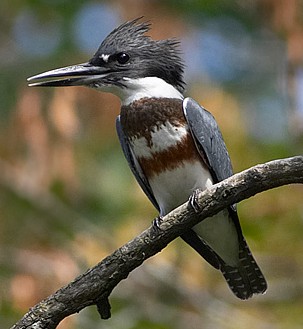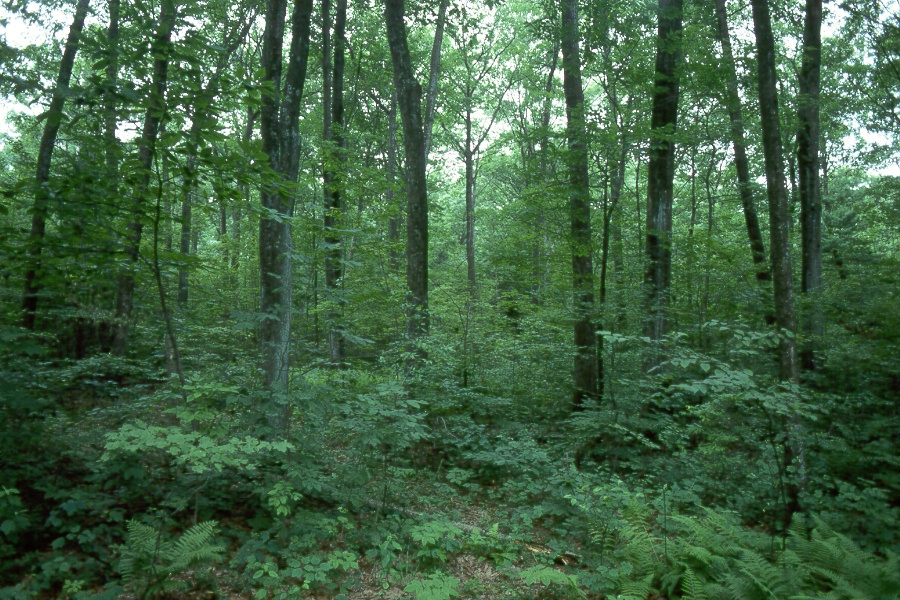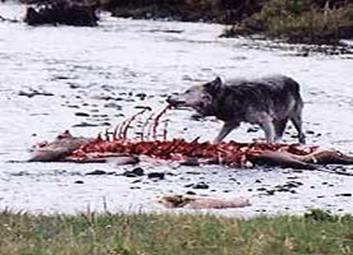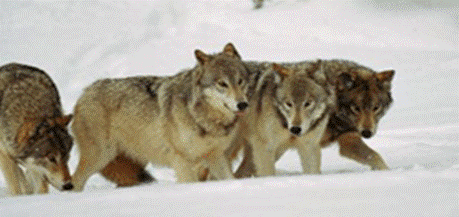
Click here to see the source of this article:
Eight Earth-friendly New Years Resolutions from Environmental Defense
December 28, 2007
In 2008 I pledge to ...
1. Replace my conventional light bulbs with energy-efficient ones. One of the simplest things you can do to save energy and pollution is to swap out your old incandescent bulbs for compact fluorescent lights (CFLs). Today’s high-tech bulbs dim, come in decorative shapes — and radiate a warm, rosy glow. If you’re not ready for a full-house makeover, resolve to start by changing just one light. See our bulb guide for details.
2. Calculate my carbon footprint and see what I can do to reduce it. Do you live in a large apartment building or a small house? Do you drive a hybrid car or a pickup truck? How many times a year do you fly? Taking stock of your habits is the place to start in cutting "carbs".
3. Make small changes at home. An easy place to start is unplugging your chargers and computers when you’re not using them. Another simple change that pays off: Turn down your thermostat in winter (55 degrees when away or at night) and up in summer (to 85 when away). Wash clothes in warm or cold water, not hot. See more adjustments that add up to energy savings.
4. Drive like the Earth depends on it. The way you drive can affect gas mileage and cut global warming pollution from your car's tailpipe. For one, traveling with a light load will increase fuel economy. And driving without rapidly accelerating and braking also improves gas mileage. Get more tips.
5. Buy carbon offsets to help offset my emissions further. If you've already slimmed down your carbon consumption as much as possible, there is more you can do. Buying carbon offsets neutralizes what you can't cut, like flying for business or heating your house.
6. Choose seafood that's good for me and the ocean. Did you know that wild salmon from Alaska comes from a well-managed fishery and is a much better choice than conventional farmed salmon? (And, fortunately, canned salmon is mainly wild pink or sockeye from Alaska.) Do you know which fish you should eat only in limited amounts to avoid mercury or PCBs? It’s all in our seafood guide.
7. Write my members of Congress demanding a strong global warming law. Time is running out to solve the global warming crisis. Waiting just two years to pass national climate legislation would mean we’d have to cut emissions twice as quickly.
8. Pass this list to my friends and family. If everyone you knew made small everyday changes, think what a big difference it would make! Together we can make 2008 a banner year for the environment.









